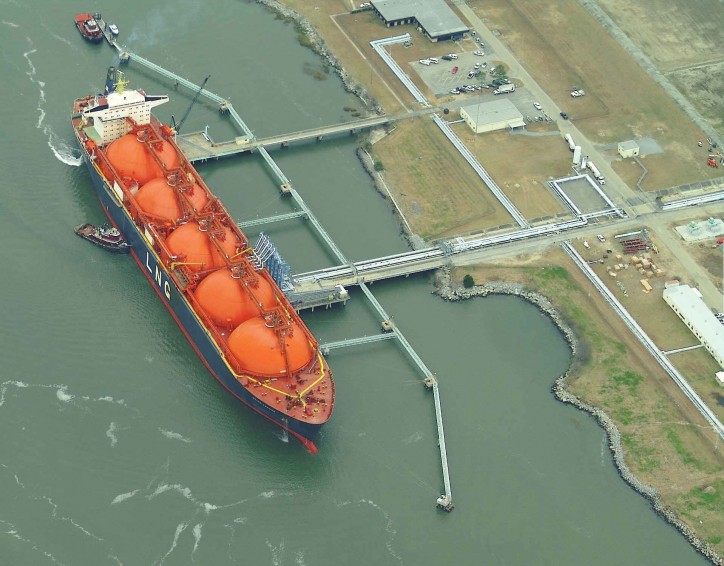The global natural gas market is undergoing a major transformation driven by new supplies coming from the United States to meet growing demand in developing economies and as industry surpasses the power sector as the largest source of gas demand growth, according to the International Energy Agency.
This evolution of the role of natural gas in the global energy mix has far-reaching consequences on energy trade, air quality and carbon emissions, as well as the security of global energy supplies, the IEA said in its new report, Gas 2017.

Global gas demand is expected to grow by 1.6% a year for the next five years, with consumption reaching almost 4,000 billion cubic meters (bcm) by 2022, up from 3,630 bcm in 2016, the report said.
China will account for 40% of this growth. Demand from the industrial sector will become the main engine of gas consumption growth, replacing power generation, where gas is being squeezed by growing renewables and competition from coal, the agency said.
The United States – the world’s largest gas consumer and producer – will account for 40% of the world’s extra gas production to 2022 thanks to the “remarkable growth” in its domestic shale industry, according to the IEA.
By 2022, US production will be 890 bcm, or more than a fifth of global gas output. Production from the Marcellus, one of the world’s largest fields, will increase by 45% between 2016 and 2022, even at current low price levels, as producers increase efficiency and produce more gas with fewer rigs, the report said.
While US domestic demand for gas is growing, thanks to higher consumption from the industrial sector, more than half of the production increase will be used for liquefied natural gas (LNG) for export. Cheniere’s Sabine Pass LNG terminal is currently the only such facility to Cheniere’s Sabine Pass LNG terminal is currently the only such facility to ships US shale gas overseas, however more of these plants are currently being developed along the US Gulf coast.
By 2022, the IEA estimates that the United States will be on course to challenge Australia and Qatar for global leadership among LNG exporters.
“The US shale revolution shows no sign of running out of steam and its effects are now amplified by a second revolution of rising LNG supplies,” said Fatih Birol, the IEA’s Executive Director. “Also, the rising number of LNG consuming countries, from 15 in 2005 to 39 this year, shows that LNG attracts many new customers, especially in the emerging world. However, whether these countries remain long-term consumers or opportunistic buyers will depend on price competition.”
Birol added that the environmental advantages of natural gas, particularly when replacing coal, also deserve more attention from policy makers.
US LNG will be a catalyst for change in the international gas market, diversifying supply, challenging traditional business models and suppliers, and transforming global gas security, the report said.
A new wave of liquefaction capacity is coming online at a time when the LNG market is already well supplied. This LNG glut is already affecting price formation and traditional business models – and attracting new LNG-consuming countries like Pakistan, Thailand and Jordan, according to the report.
At the same time, this ample availability of LNG is also creating new competition with pipeline gas supplies, which could benefit consumers. This intense competition is loosening pricing and contractual rigidities that have traditionally characterized long-distance gas trade. The change will be accelerated by the expansion of US exports, which are not tied to any particular destination and will play a major role in increasing the liquidity and flexibility of LNG trade.
In addition, Europe could see growing competition between LNG imports and pipeline gas as domestic production declines, creating extra uncertainty on the sources of future supply, the agency said.
The recent standoff involving Qatar, which supplies about a third of the world’s LNG, and neighboring countries has also underscored potential risks to gas supply security.
“Even in a well-supplied market, recent events remind us that gas security remains a critical issue.” said Birol.
Source: LNGWorldNews